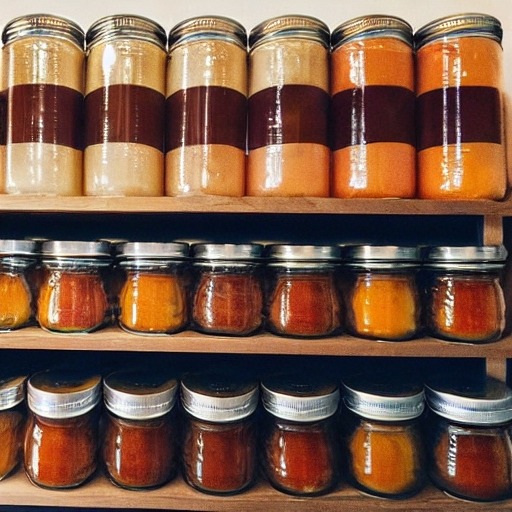One crucial aspect of preparedness is having an emergency food stockpile. Whether you’re preparing for natural disasters, power outages, economic crises, or other unexpected events, having a well-stocked pantry can provide you and your family with peace of mind and sustenance during challenging times. In this article, we’ll guide you through how to build an emergency food stockpile.
Assess Your Needs
Before you start building your emergency food supply, you need to determine your family’s specific needs. Consider factors such as the number of people in your household, any dietary restrictions or allergies, and the climate in your region. A general guideline is to plan for at least a two-week supply, but aiming for a three-month supply is even better if you have the space and resources.
Create a Food Storage Plan
Once you have assessed your needs, create a detailed food storage plan. Divide your plan into categories like grains, proteins, fruits, vegetables, dairy, and snacks. Calculate the daily caloric intake for each family member and use that as a basis for your planning.
Choose the Right Foods
When selecting foods for your emergency stockpile, focus on items with long shelf lives. Here are some staples to consider:

- Canned Goods: Canned fruits, vegetables, meats, and fish are excellent options. Look for low-sodium and no-sugar-added varieties. You can also make your own!
- Dried Foods: Items like rice, pasta, beans, and lentils have long shelf lives and are versatile for cooking.
- Dehydrated and Freeze-Dried Foods: These are lightweight and can last for years. You can find freeze-dried fruits, vegetables, and complete meals.
- Powdered Milk: A good source of calcium and vitamin D, powdered milk is a valuable addition to your stockpile.
- Cereals and Oatmeal: These provide a quick and nutritious breakfast option.
- Nuts and Seeds: High in healthy fats and protein, these can be great for snacking.
- Dried Fruits: A tasty and energy-packed snack option.
- Canned Soups and Stews: These are convenient and provide variety in your meals.
- Cooking Staples: Stock up on oil, salt, sugar, and spices to enhance the flavor of your stored foods.
Pay Attention to Storage Conditions
Proper storage is key to ensuring the longevity of your emergency food stockpile. Consider the following tips:
- Cool, Dry Location: Store your food in a cool, dark, and dry place away from direct sunlight, moisture, and temperature fluctuations.
- Airtight Containers: For dry goods, use airtight containers to keep out pests and maintain freshness.
- Rotation: Practice a first-in, first-out (FIFO) system to ensure you use the oldest items first and replace them with fresh ones.
- Labeling: Clearly label all containers with expiration dates and contents to easily track and manage your stockpile.
Regularly Check and Rotate Stock
Maintain your emergency food supply by regularly checking expiration dates and rotating items. Use and replace foods before they expire to ensure you always have a fresh and reliable stockpile.
Consider Special Dietary Needs
If you or your family members have dietary restrictions or allergies, be sure to stockpile foods that accommodate these needs. Gluten-free, vegetarian, or dairy-free options should be a part of your plan.
Don’t Forget Non-Food Items
In addition to food, include non-food items in your emergency stockpile:
- Water: Store at least one gallon of water per person per day for drinking and hygiene.
- Cooking and Eating Utensils: Include a can opener, portable stove, and disposable plates, cups, and utensils.
- Personal Hygiene Items: Toothbrushes, toothpaste, soap, and sanitation supplies are essential.
- First Aid Kit: Prepare a basic first aid kit with necessary medical supplies.
- Flashlights and Batteries: Ensure you have a reliable source of light during power outages.
- Blankets and Warm Clothing: Include items to stay warm during cold weather emergencies.
Conclusion
Knowing how to build an emergency food stockpile is a proactive step towards ensuring the well-being of your family during uncertain times. By assessing your needs, creating a detailed plan, and carefully selecting and storing your supplies, you can be better prepared to face unexpected situations with confidence. Regularly maintaining and updating your stockpile will help ensure its effectiveness when you need it most. Remember, preparedness is key to peace of mind in challenging times.
Build an Emergency Food Stockpile
Below are a few emergency food products that we recommend based on our experience. Freeze dried food can be more expensive than other food types, but they generally last a LOT longer than canned or dried food. This can be 10-30 years under proper storage. These are well rated products that come in a range of sizes…from small “getting started” larger “stock pile” size.







